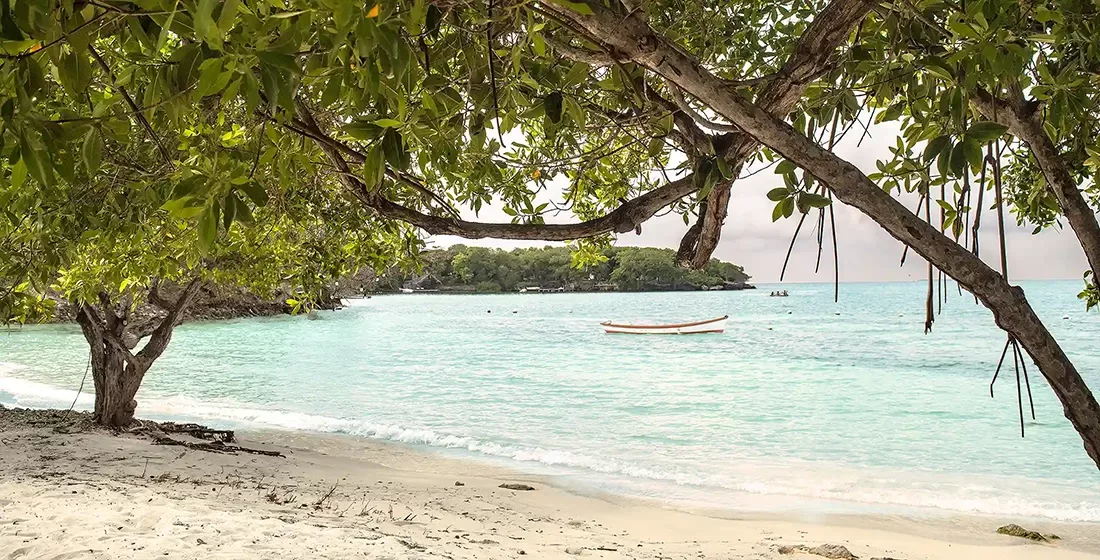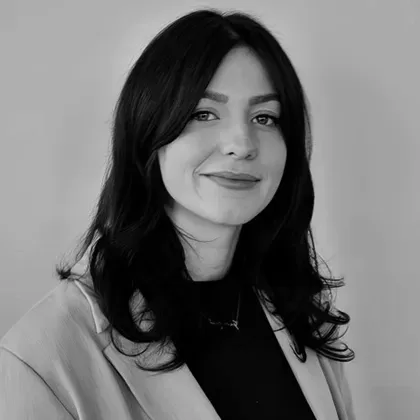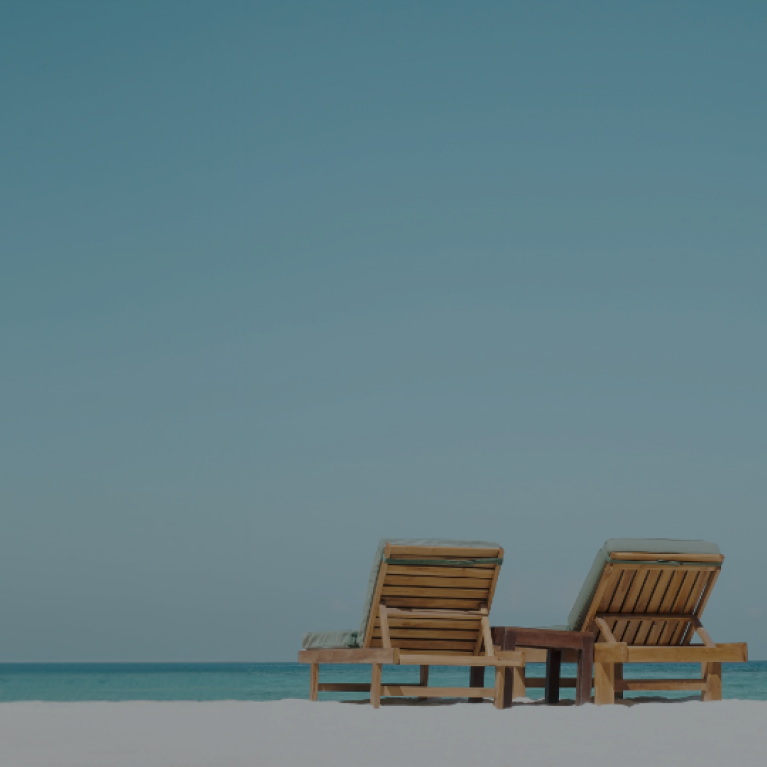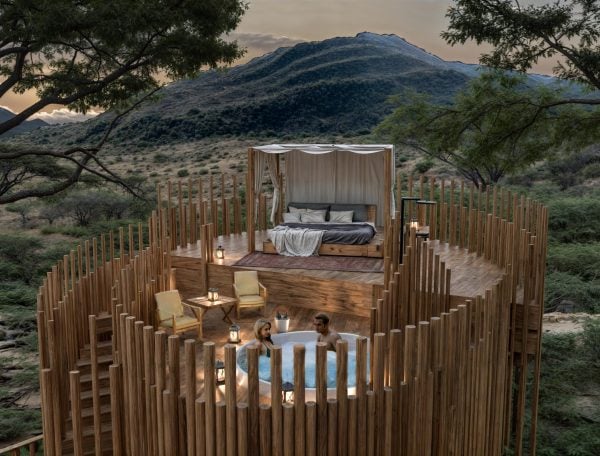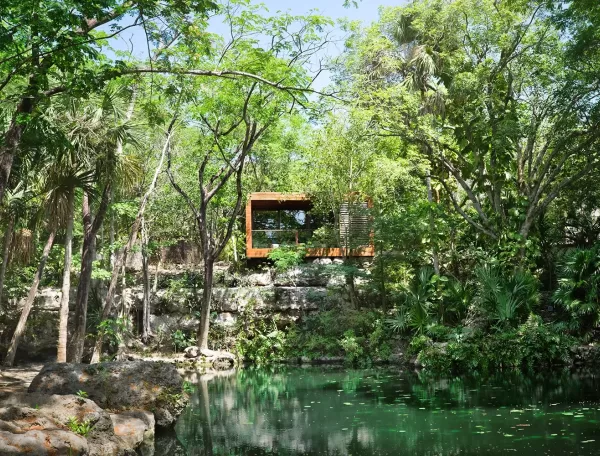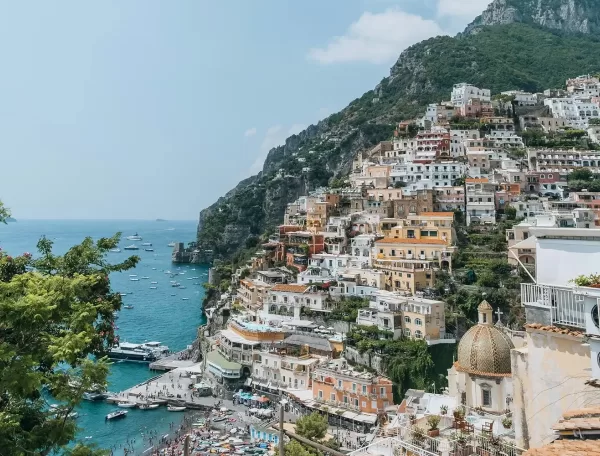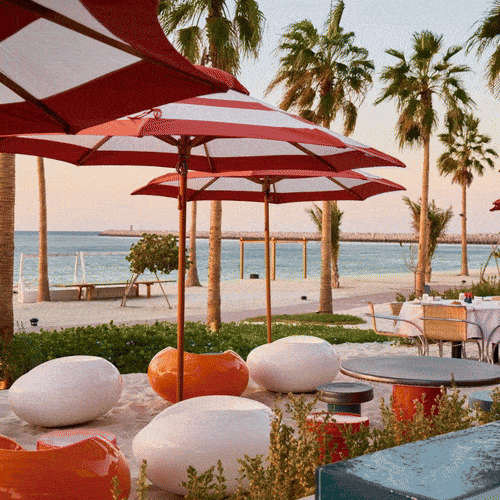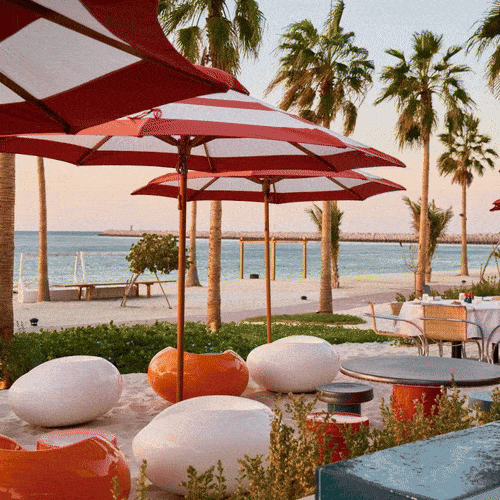Many weeks later, facing yet another English winter, I remembered that distant day when I swam through stars in Colombia.
I was on Isla Grande – the largest of the white-sand Rosario Islands, which appears like an emerald cast adrift in the Caribbean Sea. That morning, my partner, Luke, and I had pattered to the beach and watched as the blistering sun shot into the sky, simplifying the seascape into minimalist bands: coral-clustered vanilla sand; smooth, cerulean waves; a vast watercolour sky with thumbprint clouds. It was like a postcard painted by Rothko, framed by a snaggle of mangroves.
Twenty years ago, we wouldn’t have been here at all. Colombia opened its borders to tourism in 2007, but only the most adventurous of backpackers typically venture here thanks to the dual scarlet letters of civil war and Netflix’s Narcos. However, it’s just about turning the tide on luxury travel – Four Seasons opened in Colombia’s capital, Bogotá, in 2016, and a handful of other five-star hotels have since flourished in the colourful port city of Cartagena.
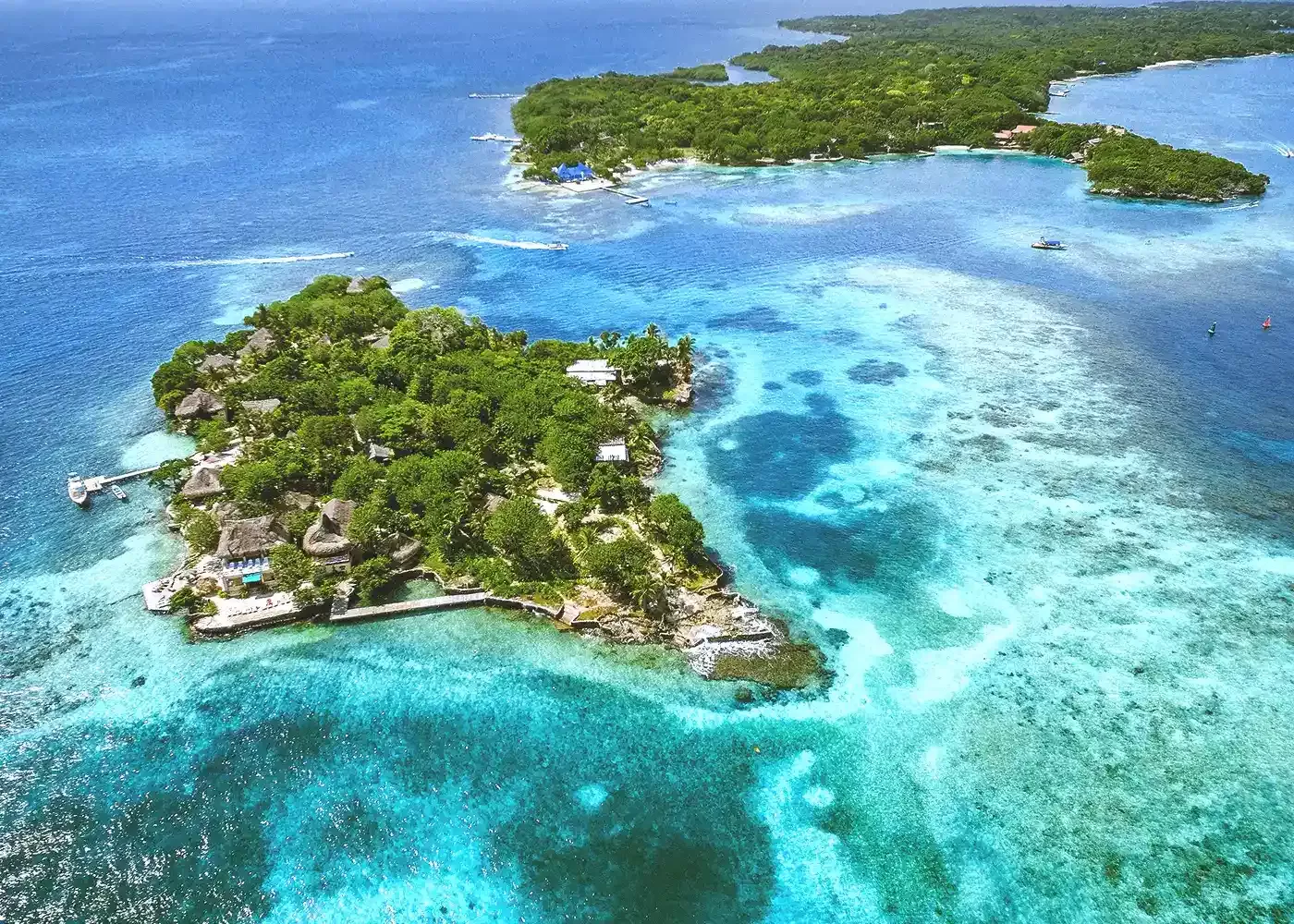
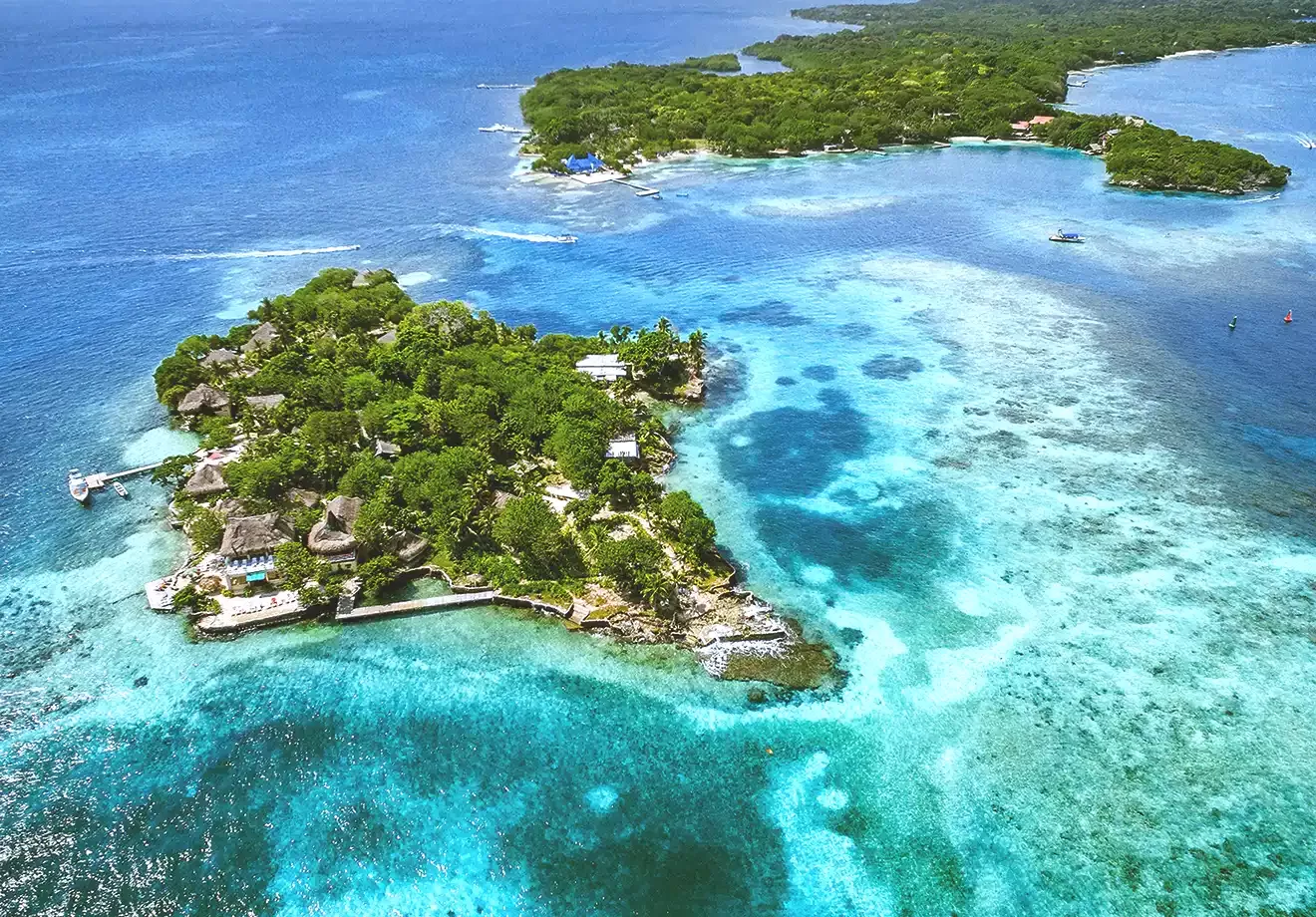
Isla Grande – the largest of the Rosario Islands
But it’s not the cities that echoed through my memory for the months to come. Nor the monkey-peppered rainforests or waterfalls thundering through the jungle. It was the island.
The Rosario Islands are the front-cover splash for Colombia’s beach scene. There are 27 in total, ranging in size from the white sand Grande to tiny tufts topped with a single house. You mostly come here for water-based activities: kayaking through mangroves, sipping piña coladas at beach clubs alongside boatloads of tourists, swimming with bioluminescent plankton, or snorkelling over a mosaic of coral reefs.
It's the reefs we explored first. The entire archipelago was declared a national park in 1988 because of its 190 square kilometres of coral reefs, but you’ll need a guide and a boat to explore the best sites. So, we piled into a wooden boat captained by a wide-smiled local man called Daniél who seemed more at home in the water than the fish that reside in it.
The boat glided past Bora Bora Beach Club – a techno-thumping, Balinese-style hotel clinging to a rocky corner – until reaching glassy section of sea 50 or so metres from the shore. The sun flickered on the waves, creating a pattern like a spider’s web as the spray splashed into our eyes and mouths. Then, on Daniél’s signal, we dived.
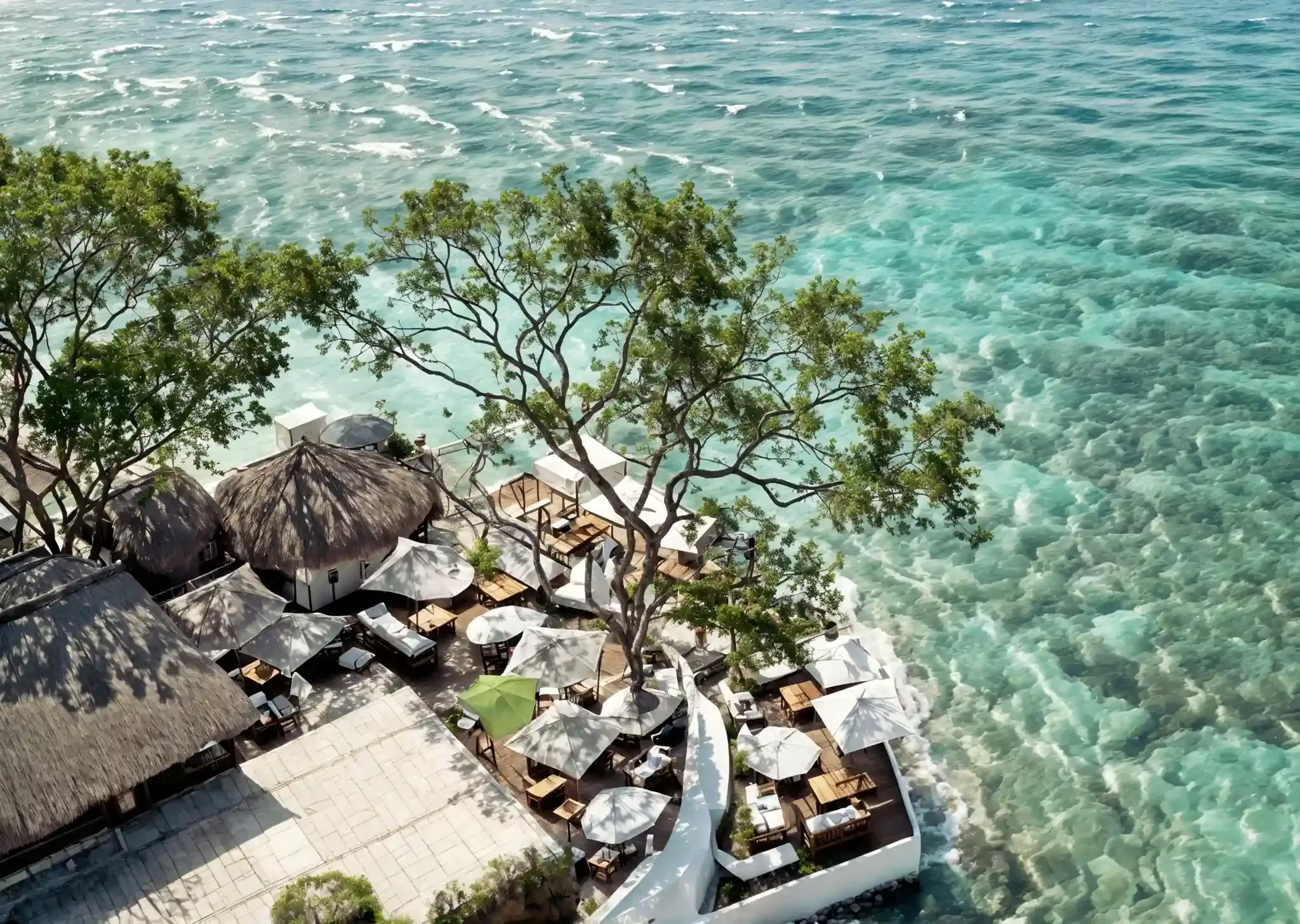
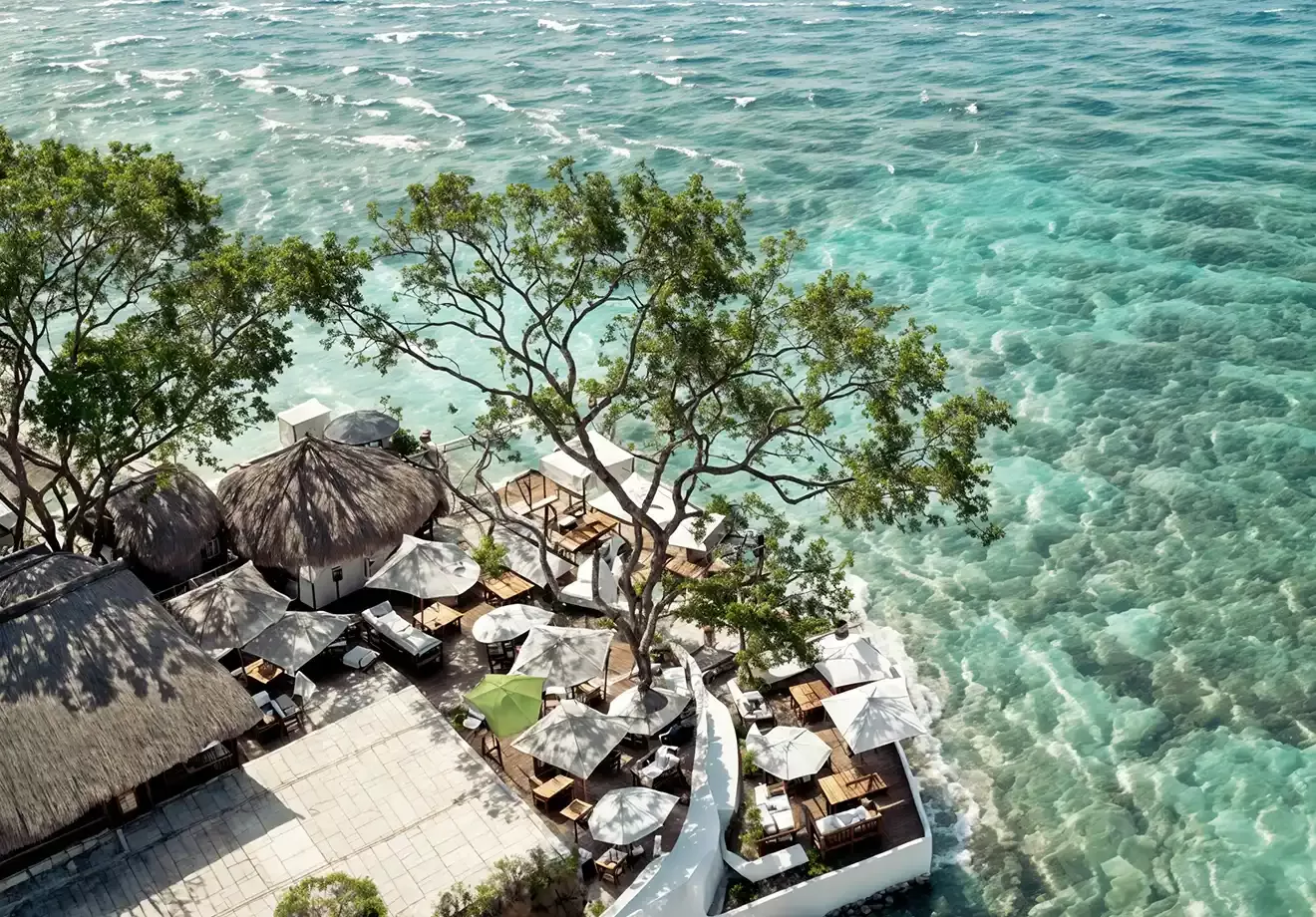
Bora Bora Beach Club on Isla Grande
‘Did you see the lobster?’ said Luke after we resurfaced and, somewhat ironically, dug into a scarlet crustacean bought from a passing boat with a Möet and Chandon umbrella. Did I ever?
Diving headfirst into the reef was like peeling open a patchwork quilt and discovering a city. Everything pulsed, wobbled, and quivered with life: shoals of emerald fish rippled overhead like a murmuration of sparrows; an octopus scowled as it reversed its bulbous folds into a tiny, ribbed coral archway; a single pilot fish wriggled under my belly for a while before flitting onto another shadow. Daniél strolled along the seabed like he was on the shore, picking up a broken stick of coral and poking a blowfish, laughing a stream of bubbles when it slurped shut.
Learning not just to look but to see is a skill we’ve rapidly developed here. Case in point: on the way back from the reef, as the afternoon clouds billowed across the sky like sails, we passed a crumbling white complex with archways and a cracked pool. This, we discerned from Daniél, used to be the holiday home of the infamous Pablo Escobar. It once dazzled in marble and gold, with the world’s most glamourous arriving by helipad and dancing ‘til dawn. Now, it’s populated by plants and wild pigs, its opulence unpicked by the relentless Caribbean winds.
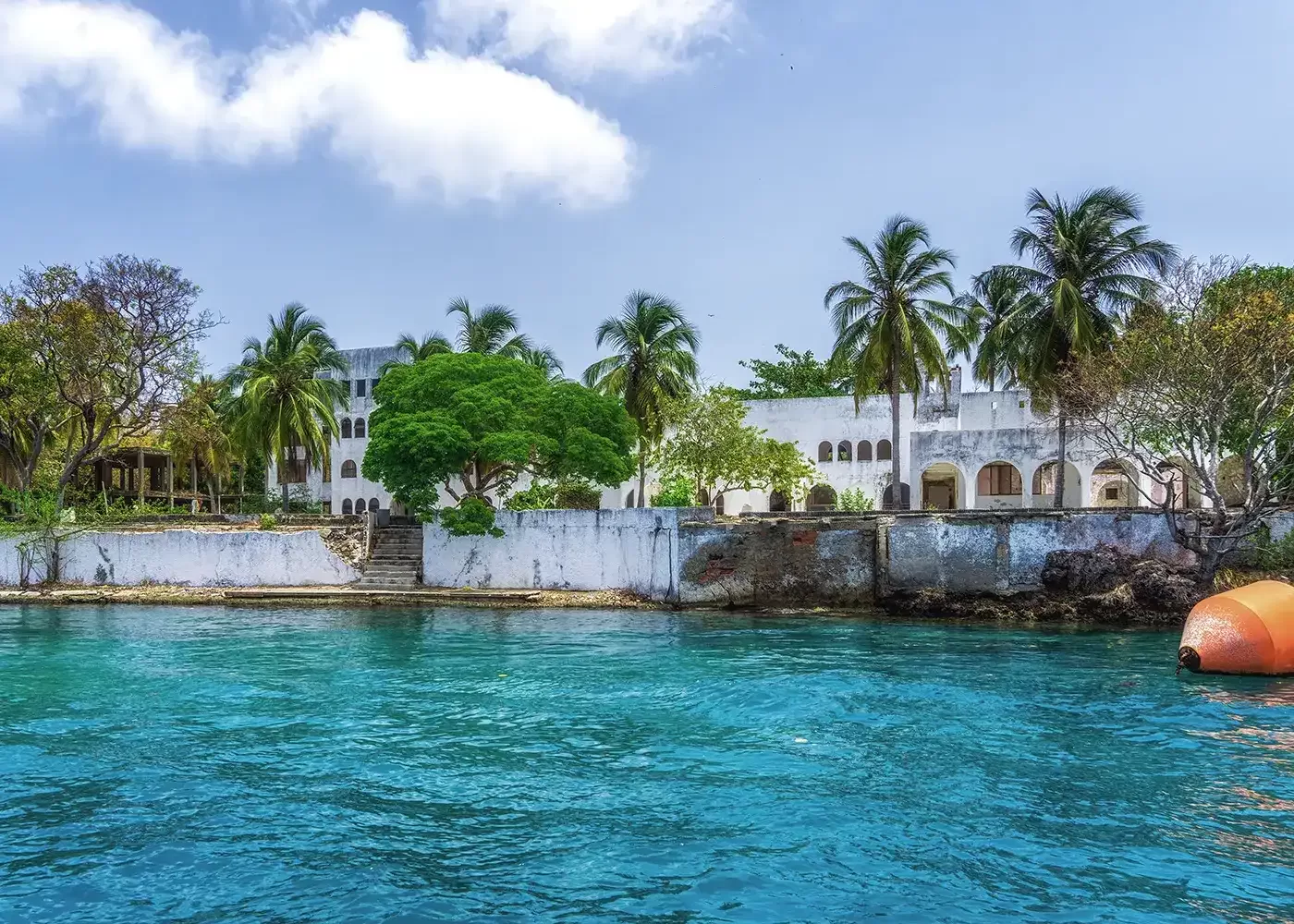
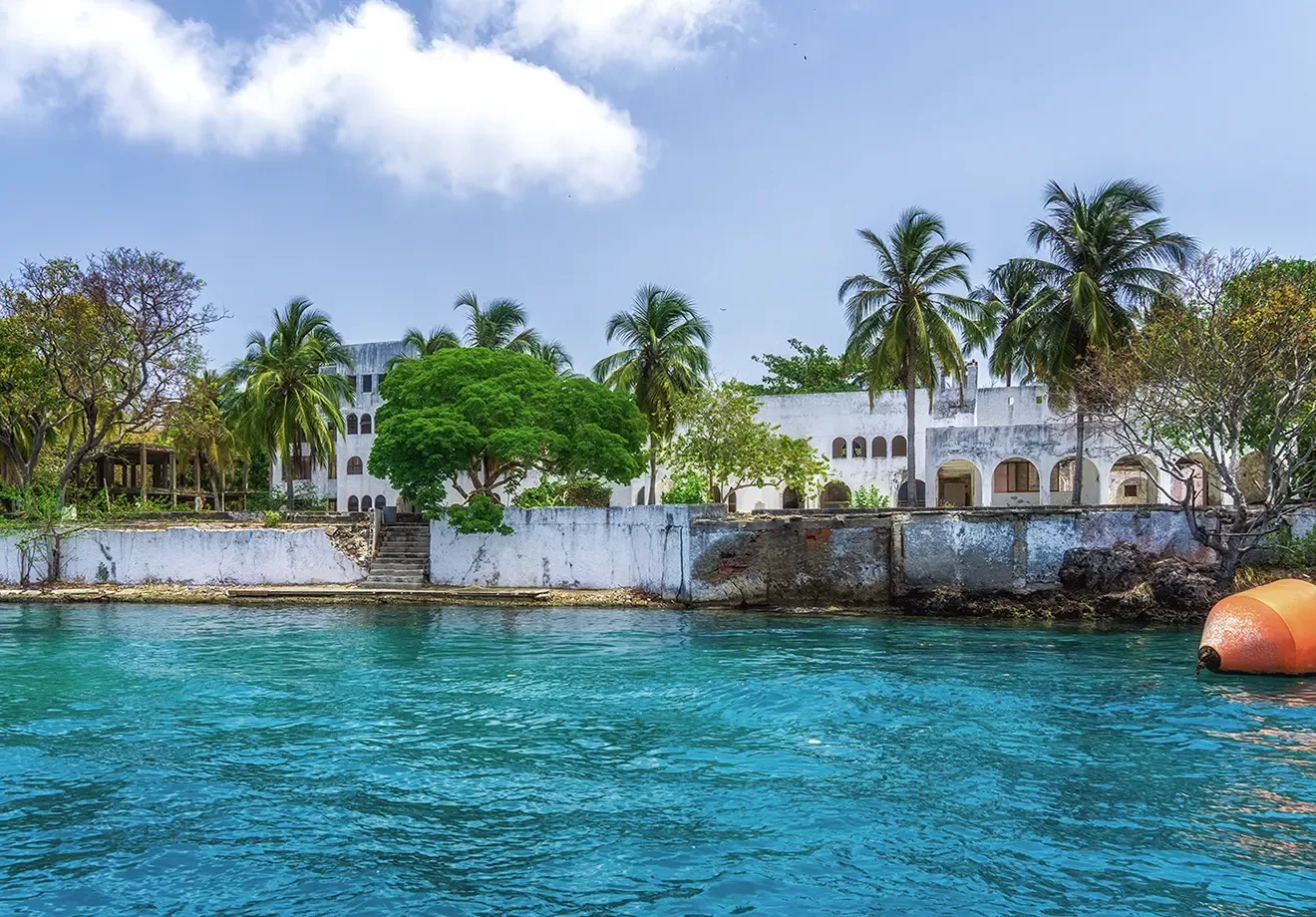
Unpicked opulence: Pablo Escobar's holiday home on Isla Grande
Night fell quickly that day as it does near the equator, the sun slipping down the sky like a raindrop on glass. Soon, the moon was hidden by a velvety blackness, with only the brightest stars glimmering overhead. All this to say that it was the perfect conditions for seeing bioluminescent plankton, which are brightest on moonless nights.
‘You will see stars in the sky and stars in the sea,’ grinned Daniél, once again handing out snorkelling masks as we piled back into the wooden boat and headed for Laguna Encanta. We were going to swim through stars in an enchanted lagoon. It sounds like something out of a fairy tale – but is, in fact, a chemical reaction that only occurs under specific conditions and in few places in the world. Like a warm water lagoon on Isla Grande that opens out to the wide Caribbean Sea.
From the moment we slipped into the water – flat and black like a marble table – the lagoon exploded into life. Lights crackled and fizzled around us, becoming brighter and more like the Milky Way the deeper we dived. It was like aurora borealis had been pulled down from the sky and wrapped around our silhouettes, and for a moment I felt like I, too, was made of stardust and was swimming through the galaxy.
It's this that I tell people about when I return home. Not the ceviche or the salsa bars, or even the incredible warmth extended to us by almost every Colombian we meet. I tell them about a sea full of stars on an island in Colombia, the memory of which has brightened my days ever since.
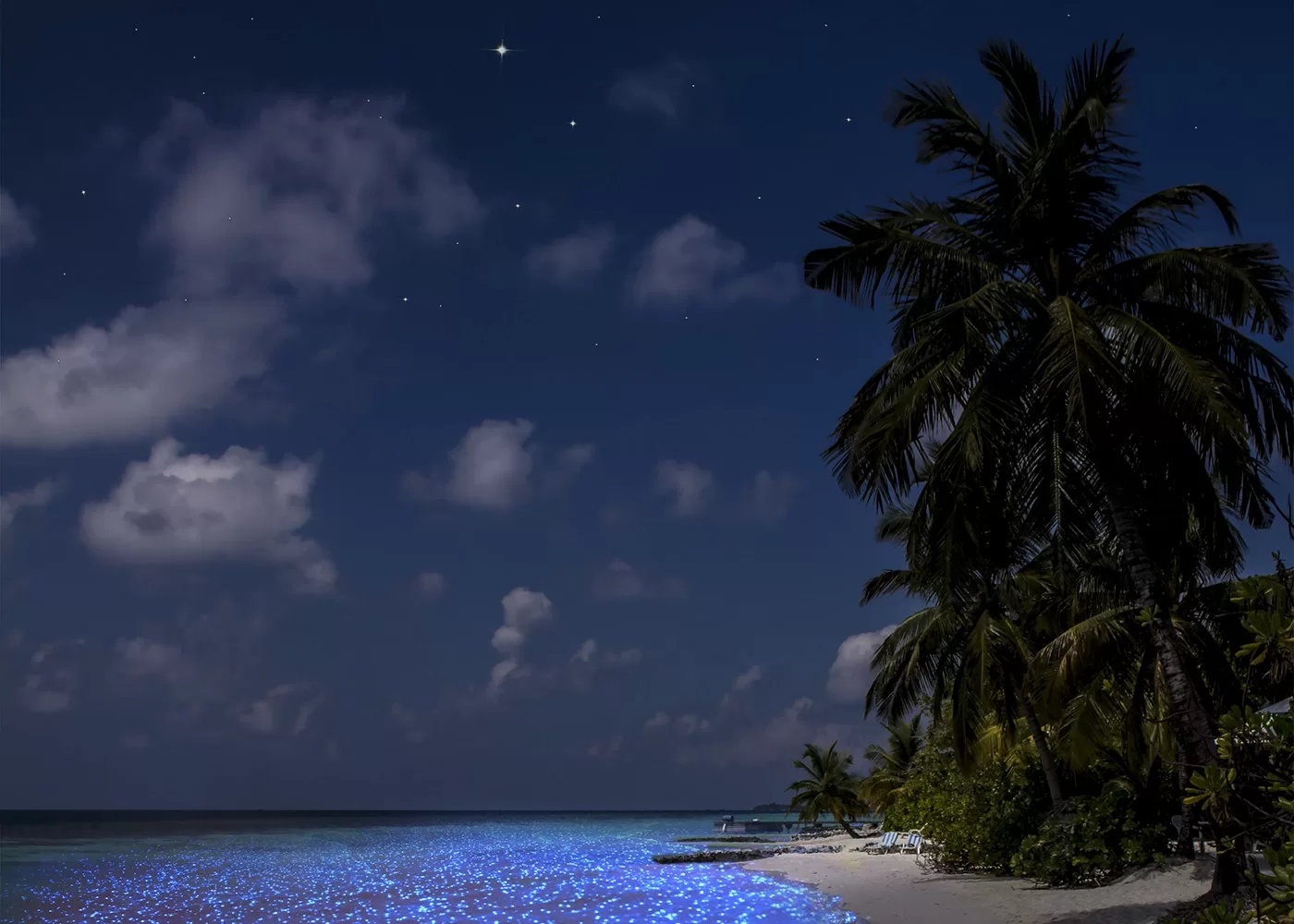
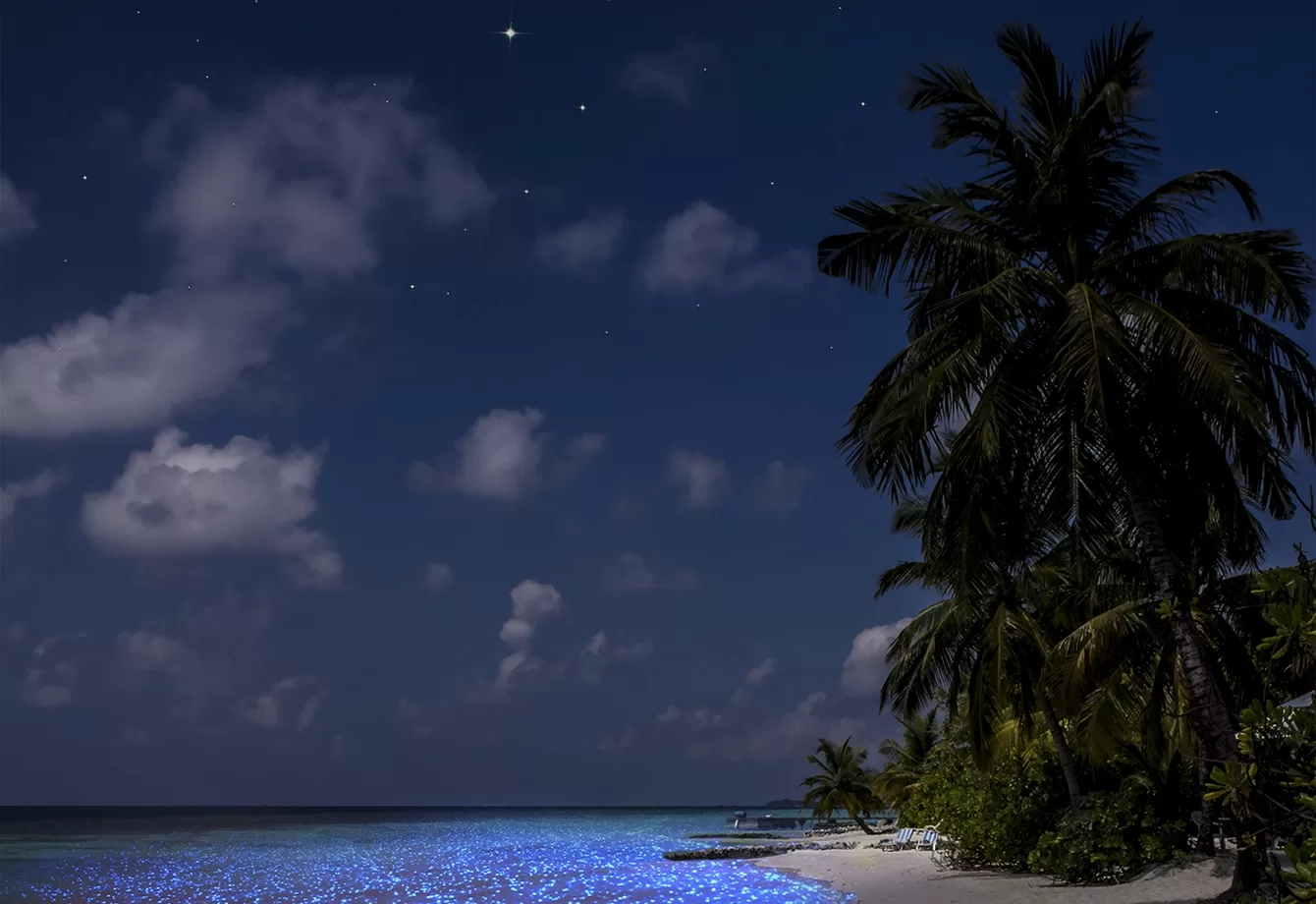
Stars in the sky and stars in the sea
Think you’ve seen it all? Think again. Our global network of dedicated travel specialists plans one-of-a-kind, tailor-made travel experiences to make every trip your best yet. Find out more about Quintessentially Travel here.
